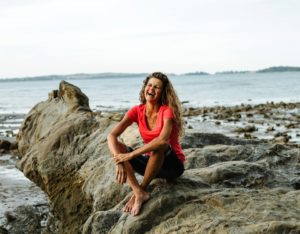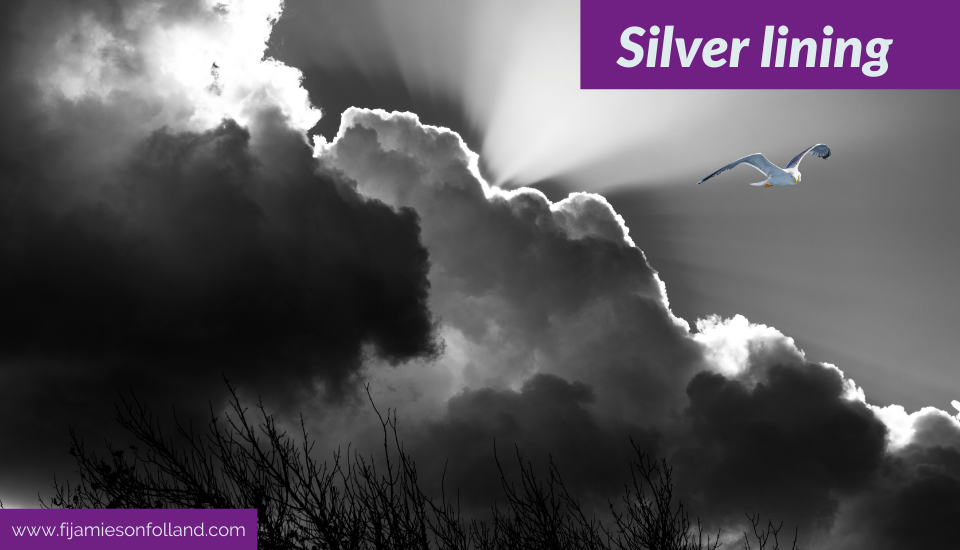I believe in my bones that there really is always a silver lining.
To everything.
You’ll remember a dilemma I was having recently around preserving the indigenous species here in New Zealand. I do find the fact that there are so many species actually disappearing both shocking and harsh.
It’s motivating!
And most importantly, this is very motivating for me as a reason to actually get off my butt and do something proactive in this area rather than simply whinging about it, or thinking that somebody else is handling it. This is particularly relevant given that Chris and I live on seven acres in the wilderness – a place where the predators that are causing most of the problems (namely stoats, weasels, ferrets, possums, wild cats and rats) are flourishing as they ransack the local rural haven.
Faked out
It’s easy to get faked out into thinking that the natural, indigenous habitat and residents are doing well because the damage isn’t always easily visible to unaccustomed eyes. This damage then has a knock-on effect all the way through the entire ecosystem.
Ever since I came to New Zealand in 1993, I knew that there was a problem, however I had no idea how bad it was. This was until recently when I was recommended by my sister to watch Fight for the Wild¹ which is a four-episode documentary detailing the extent of the problem here in New Zealand, and it opened my eyes – wide open!
Hope
Likewise it’s easy to get faked out that there’s nothing we can do to make a difference.
However, it’s not over yet.
The way that most people here in NZ are up for the mission of being predator free in New Zealand by 2050 is both inspiring and exciting. Yes, it’s a massive goal, although when we pull together, mountains become moveable.
So the race is on. At this time of writing, we’ve got 28 years to get this done, if the species we’re aiming to save actually last that long.
So where’s this Silver Lining?
Here’s where the silver lining comes in.
Whilst I don’t like the idea that millions of animals are being culled, the upside is that millions of endangered animals will subsequently survive. This of course has positive knock-on effects throughout the entire ecosystem (for humans included) from air quality to places of natural beauty to visit and flourish in.
What’s your driver?
I’m very curious to hear what motivates you? Til I see you on this week’s #ALivewithFi! ciao for now and have a fun week 🙂
¹ Fight for the Wild takes viewers into the wild heart of Aotearoa and documents the desperate battle to protect it; it explores the notion of a Predator Free 2050 and asks whether this big, bold initiative is achievable and if so, how?
Fi Jamieson-Folland D.O., I.N.H.C., is The LifeStyle Aligner. She’s an experienced practitioner since 1992 in Europe, Asia and New Zealand as a qualified Osteopath, Integrative Nutrition Health Coach, speaker, educator, writer, certified raw vegan gluten-free chef, and Health Brand Ambassador.


